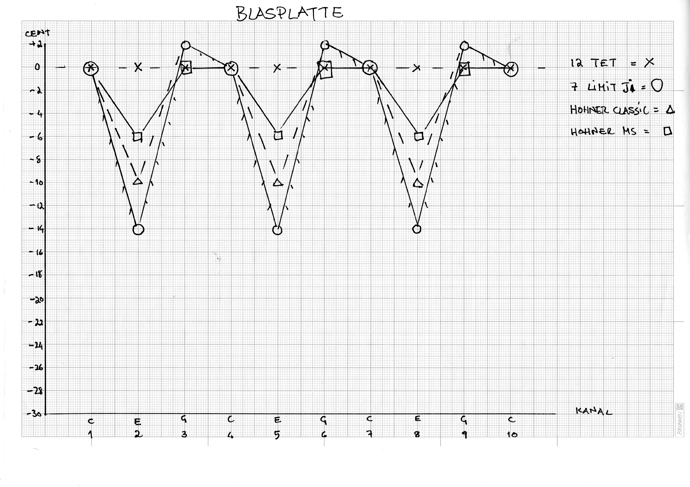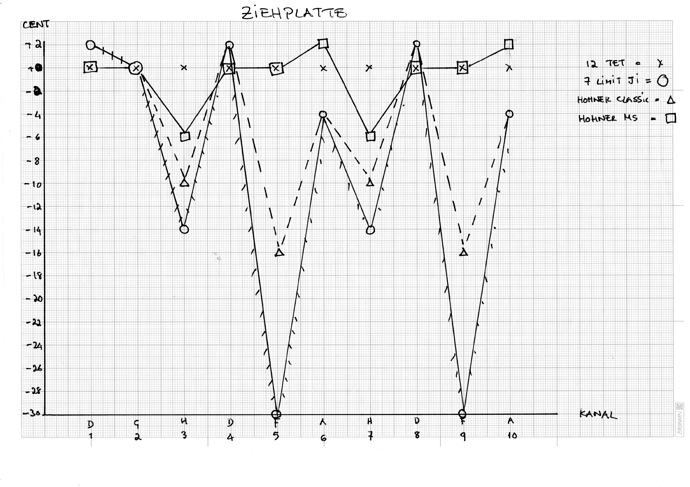Hi, I work on my guitars and my harps—I have every tool imaginable–I can replace ind reeds, tune, customize my harps. I play with rack and or w/out. If Jimi Lee is a hundred Im a close 90-95, put it where u want it, siisy strut, work song whatever
Heres whats up: Iv’e tried Manjies,suzuki 550’s, olives–seydells—east tops–Lee oscars–sp 20 Gm–Crossovers-
For the rack, for Neil young dylan etc I use untouched Lee oscars A Bb C D E F G All color coded –
But my harps for the Blues band Are Crossovers-Gm --Sp 20 --Now rocket as well—I stick with u "hohner " as my main harps–because ind reeds are interchangeable-----Sp 20, Gm, crossover etc—so I can borrow if need be----also u sell ind reeds— I guess my favorite Is “crossover”
All my B Bb Db Eb Gb basically all my Flat and less used are GM powder coated grey --The different tuning didn’t use to bother me—now it does—I want my Gm to be closer to 7 Limit with possibly a compromise on 5 n 9draw??—Since that harp case, I use for playng in the band, are used 90% blues—I want to re tune so chords sound better-
What I need or would like are tuning charts fo present day sp20 --crossover–rocket ----- not so much for Gm I know there deal.
so IE; Present day 2p20 are tuned at 443 with draw 1 +1 draw 2+4 etc—I need a guideline. The charts I have don’t say whether based on 440 442 or 443 etc
heres an example chart; purely random
AT 442
hole1 hole 2 hole 3 ETC
blow 0 -14 +2
draw +4 +2 -12
I have Andrew Zajac charts and charts from all over the internet—BUT sometimes they are not clear on 440 or 441 or 442 or 443 etc.
Basically I think Im going to do 7 limit at 442 on all holes---- with a halfway compromise on draw 5 n 9
Any info helpful—I tried my Peterson tuner today with light breath to figure rocket tuning—too time consuming ----need a base starting point
thank u very much

